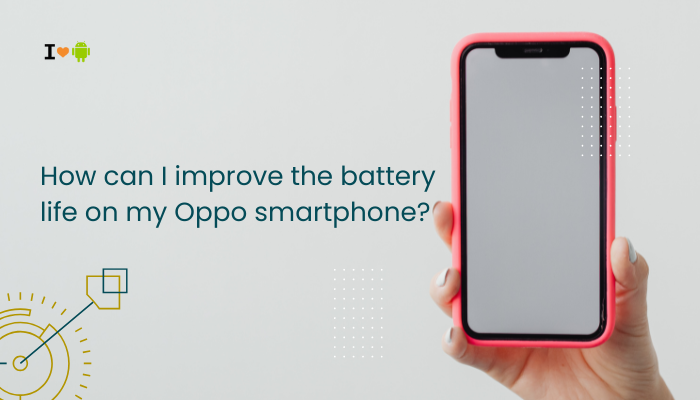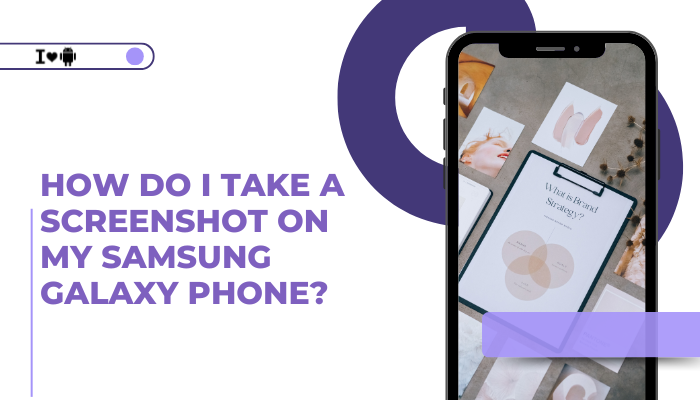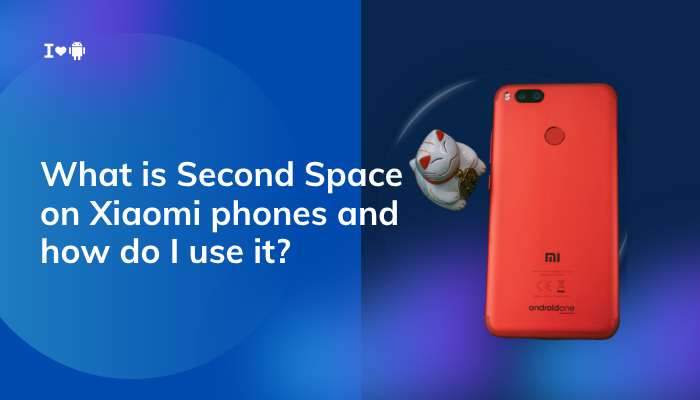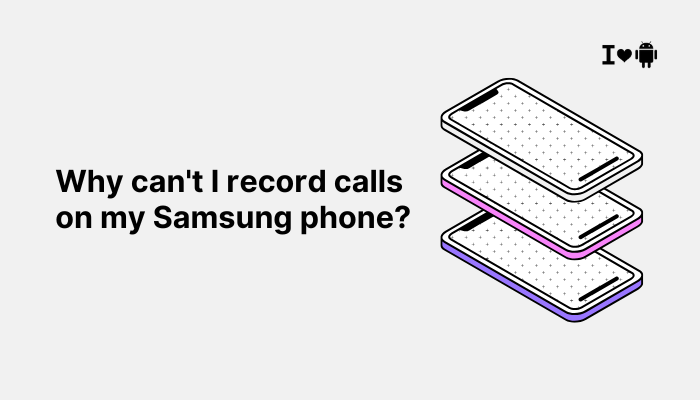Android Auto is designed to bring the best features of your Android phone to your car’s infotainment system—letting you access Google Maps, calls, texts, music, and voice commands safely while driving. The Pixel 7a, equipped with the latest Android features and Google’s Tensor G2 processor, should offer a seamless Android Auto experience.
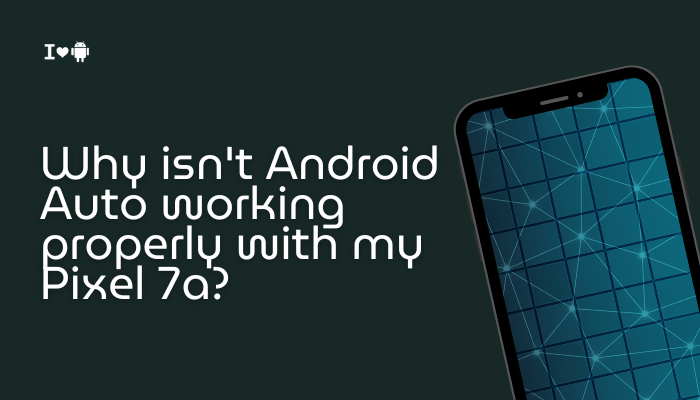
However, many users encounter issues such as connection failures, app crashes, or Android Auto not launching at all. If you’re facing similar problems, this comprehensive guide will help you understand why Android Auto isn’t working with your Pixel 7a and how to fix it.
Common Problems Users Face with Android Auto
Some of the most frequent Android Auto issues include:
- Android Auto won’t launch when connected
- Car system says “device not supported”
- Connection drops intermittently
- Voice commands or touch controls don’t work
- App crashes or freezes during use
- Android Auto only charges the phone, doesn’t start
Likely Reasons Why Android Auto Isn’t Working on Pixel 7a
Faulty or Incompatible USB Cable
A surprisingly common issue is using a USB cable that doesn’t support data transfer.
- Many USB-C to USB-A or USB-C to USB-C cables are charge-only.
- If you’re using a third-party or old cable, Android Auto may not initiate at all.
Default USB Settings Not Set to File Transfer
When you connect your Pixel 7a to the car, it may default to “Charging only.”
- You must manually select “File Transfer / Android Auto” from the notification panel.
Outdated Software
Outdated versions of Android Auto, Google Play Services, or the Pixel OS can cause compatibility issues.
- Android Auto is closely tied to system services that must remain updated for smooth performance.
Car Compatibility or Head Unit Firmware
Your car may not be fully compatible or might require a firmware update.
- Some vehicles only support Android Auto over USB, not wirelessly.
- Older infotainment systems may need an update from the manufacturer.
Battery Optimization Interference
Android 13’s strict battery optimization may restrict Android Auto or related background services.
- Apps like Google Maps or Assistant may not work properly if restricted.
Bluetooth and Wi-Fi Connection Conflicts (for Wireless Use)
Wireless Android Auto requires:
- A stable Wi-Fi Direct connection
- Strong Bluetooth pairing
- Compatibility from both your phone and your vehicle
Minor issues with these protocols can prevent wireless Android Auto from working.
Corrupted App Data or Cache
Corrupted app data from Android Auto, Google Maps, or Google Play Services can prevent proper operation.
How to Fix Android Auto Issues on Pixel 7a
Use a Certified USB Cable
- Use the original cable that came with your Pixel 7a if available.
- Choose a short, high-quality USB cable that supports data transfer.
- Avoid cables longer than 1 meter, as longer cables are more prone to interference.
Enable the Correct USB Mode
After connecting your phone:
- Unlock your Pixel 7a.
- Swipe down the notification shade.
- Tap the USB charging notification.
- Select “File Transfer / Android Auto”.
Without this step, Android Auto won’t launch.
Update System Software and Apps
- Go to Settings > System > System update and install any pending updates.
- Open Google Play Store > Manage apps & device > Update all to ensure Android Auto, Google Maps, and Google Assistant are up to date.
Clear Android Auto Cache and Storage
Sometimes, clearing old app data resolves performance issues:
- Go to Settings > Apps > See all apps > Android Auto
- Tap Storage & cache > Clear cache
- Tap Clear storage if the problem persists
Repeat the same steps for Google Play Services and Google Maps if needed.
Reset App Preferences
If permissions or settings were changed:
- Go to Settings > System > Reset options > Reset app preferences
- This will restore background activity and permissions to default values.
Test in Safe Mode
To rule out interference from third-party apps:
- Press and hold the Power button.
- Tap and hold Power off until Reboot to Safe Mode appears.
- Tap OK.
In Safe Mode, only core system apps run. If Android Auto works now, an installed app is causing the conflict.
Disable Battery Optimization
For Android Auto and related services:
- Go to Settings > Apps > Android Auto > Battery
- Select Unrestricted to allow background access
- Do the same for Google Play Services and Google Maps
Try Wireless Android Auto (If Supported)
Pixel 7a supports wireless Android Auto, but your car must too.
To connect:
- Ensure Bluetooth and Wi-Fi are turned on.
- Pair your phone with the car via Bluetooth.
- Look for an Android Auto prompt on both the car and phone.
- Accept the permissions and connection requests.
If wireless setup fails, go to Settings > Connected devices > Android Auto > Previously connected cars and remove all entries. Then, retry.
Check Car Compatibility
- Visit the https://www.android.com/auto/compatibility/ to confirm your vehicle or head unit is supported.
- Check your car manual or contact the dealer to see if a firmware update is available.
When to Contact Support
If Android Auto:
- Never launches even with all settings correct
- Crashes every time it’s opened
- Disconnects repeatedly with different cables and cars
- Freezes your infotainment screen
…it’s time to contact Google Pixel Support or your car manufacturer. If your Pixel 7a is under warranty, a hardware check or replacement might be needed.
Conclusion
Android Auto is a powerful tool that enhances your driving experience, but when it stops working, the cause is usually a simple fix—a bad cable, wrong USB mode, outdated software, or a misbehaving app. With the Pixel 7a’s modern hardware and support for wireless Android Auto, most issues can be resolved by updating your system, clearing cache, and using the correct connection settings.
By methodically working through each potential cause, you can usually restore Android Auto functionality quickly and safely. If issues persist despite all troubleshooting, professional support is the next best step.

